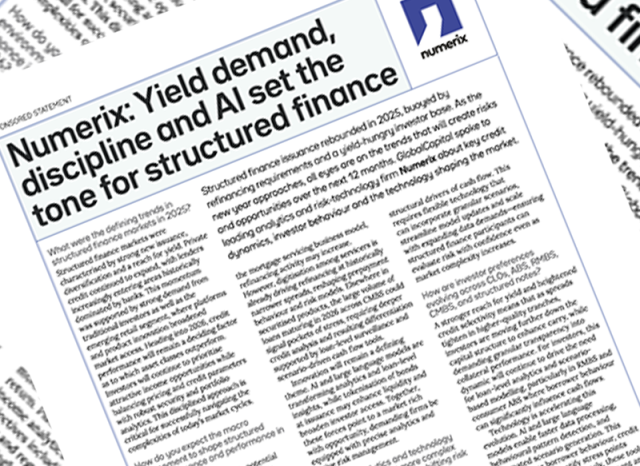The Free Boundary SABR: Natural Extension to Negative Rates
In the current low interest rate environment, especially in Japan and Europe where some deposit rates are below zero and many market rates are negative, some firms are finding that their option models do not handle negative rates. Dealing with negative strikes and forwards for short maturity caps and swaptions may require firms to modify their whole implementation of cap and swaption volatility surfaces, so this has become an important issue.
One widely used model, the SABR model, has been extended by practitioners to handle negative rates by adding a deterministic positive shift to a rate and then modeling the shifted rated as a SABR process (“shifted SABR”). While providing realistic probabilities of negative rates, the shifted SABR requires the selection of an arbitrary shift parameter, and it introduces an extra non-calibrated parameter for the SABR model.
So how does one decide what the shift parameter should be? What if rates go lower than the parameter? How will lognormal vols behave near the shift position? Is there a better way to deal with negative rates?
On Thursday, February 26th, 2015 featured speakers Dr. Alexandre Antonov and Dr. Michael Konikov of Numerix discussed how the SABR model can be extended to incorporate a “free boundary” SABR process which more naturally permits negative rates than a shifted SABR process and eliminates the arbitrary lower bound on rates. The free boundary SABR also has the same number of parameters as the classical SABR model, and it includes an efficient and accurate analytical approximation which is crucial for fast calibration.
Dr. Antonov and Dr. Konikov covered:
- Brief introduction on the SABR model
- The free boundary SABR as replacement for the shifted SABR
- Drawbacks of the shifted SABR vs. advantages of the free SABR
- CEV example (primer for free boundary SABR discussion)
- Free boundary SABR
- Exact solution for zero-correlation case (no correlation between a rate and its volatility)
- Efficient approximation for general correlation case
- Simulation schemes
- Practical experiments using European call options
- Analytical results vs. Monte Carlo simulations
Featured Speakers

Dr. Alexandre Antonov
Dr. Antonov received his PhD degree from the Landau Institute for Theoretical Physics in 1997 and joined Numerix in 1998, where he currently works as a Senior Vice President of Quantitative Research. His activity is concentrated on modeling and numerical methods for interest rates, cross currency, hybrid, credit and CVA. Dr. Antonov is a published author for multiple publications in mathematical finance, including RISK magazine and a frequent speaker at financial conferences.

Dr. Michael Konikov
Dr. Michael Konikov is a Senior Vice President and Head of Quantitative Development at Numerix, where he manages a team responsible for the development and delivery of models in Numerix software. Previously, he worked at Citigroup, Barclays, and Bloomberg in quantitative research and desk quant roles. He completed his PhD in mathematical finance at the University of Maryland College Park, concentrating in particular on the application of pure jump processes to option pricing. Dr. Konikov's publications cover diverse asset classes ranging from equity to interest rates and credit.

As Chief Marketing Officer and Executive Vice President of Global Marketing & Corporate Communications, James leads the company’s global marketing and corporate communications efforts, spanning a diverse set of solutions and audiences. He oversees integrated marketing communications to clients in the largest global financial markets and to the Numerix partner network through the company's branding, electronic marketing, research, events, public relations, advertising and relationship marketing.
Since joining Numerix in 2008, James has launched the organization’s award-winning thought leadership program, bringing to light challenges and insights from Numerix market experts. He also hosts the Numerix Video Blog, tackling the challenges pressing the derivatives markets—from regulatory issues to trading strategies.
Prior to joining Numerix, James served as Managing Director of Global Marketing and Communications for Fitch Ratings. During his tenure at Fitch, he built the firm’s public relations program, oversaw investor relations and led marketing and communications plans for several acquisitions. Prior to Fitch, James was a member of the communications team at Moody's Investors Service.


